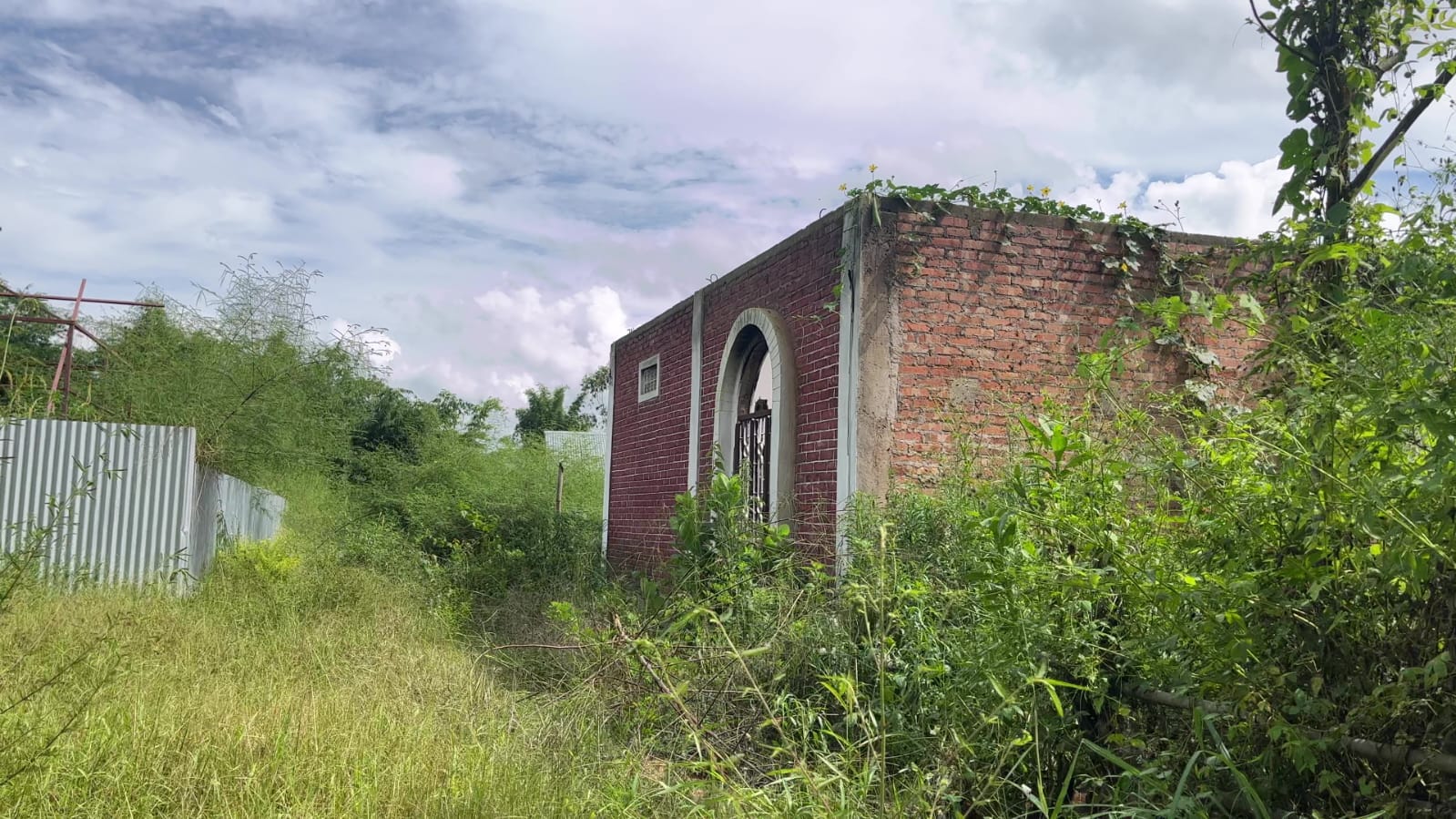

Phougakchao Mamang Leikai, a village located in Bishnupur district near Churachandpur, which is about 50 km from Manipur’s capital, Imphal, bears the scars of the ongoing ethnic conflicts in the state that began on May 3. Despite some residents returning from relief camps, an eerie calm hangs over the village, with underlying ethnic tensions. There is also a deep sense of displacement, insecurity, fear, and abandonment among the villagers.
Phougakchao Mamang Leikai is one of the few remaining Meitei villages among the 11 under the Torbung Gram Panchayat jurisdiction. This region has witnessed the seizure of five neighbouring Meitei villages by well-armed Chin-Kuki-Zo miscreants in Churachandpur.
The cement bunkers, remnants of the initial defence by village volunteers, are now manned by the Indian Army, and locals remain vigilant for any suspicious activities. Reports of internally displaced persons gradually returning home suggest a potential de-escalation of violence.

Phougakchao Ekhai Awang Leikai, another Meitei enclave in the same area, has seen around 200-300 residents return. However, Churachandpur, located in South Manipur, remains the epicentre of ethnic violence. The conflict started in Torbung, a part of the Meitei-dominated Bishnupur district, and escalated into a violent ethnic conflict between Meiteis and Chin-Kuki-Zo tribes.
A female villager, Wangjam Bembem, from Torbung has experienced the chaos, with her home set on fire and property stolen. Speaking with The New Indian, she highlighted the ongoing tensions in the region. “I’m from Torbung. We live hand-to-mouth, working in our fields and running a small roadside tea stall. We’re five of us – me, my husband, and three children. They (Kuki –Chin-Zomi rioters) were on a rampage. They robbed our property and burnt down our home,” Bembem said.
Village volunteer Abung Thangjam, a Torbung resident, contested a report of a return to normalcy, emphasising that many residents have not been able to return home due to restricted access. “Frankly, few villagers have returned back, like people from Phougakchao Ekhai. But in the case of Torbung, other than the 4-5 households who had not fled from the area, no one has returned since the ethnic violence began on 3 May,” Thangjam revealed.
Security forces intermittently exchange fire, leaving villagers in constant fear. Villagers allege that security personnel exhibit partiality, with stricter control on their side of the border. The presence of armed Chin-Kuki-Zo miscreants on the other side compounds the security situation.
“Their (Chin-Kuki- Zou settlements’) main entry-exit points remain open. They fire bullets and bombs at will. As the movement is not restrained like ours, they move along the low-lying hill slopes and attack us as well as the neighbouring areas of Kwakta, Terakhong, Terakhongsanbi, Tronglaobi, Naranseina, Phubala, etc.,” one of the volunteers claimed.
Vigilant women, known as Meira Paibis, live in fear, especially at night. Hijam Sanatombi, 50, said that although the level of violence has decreased, sporadic firing still occurs, and security forces do not always respond.
“The Army doesn’t retaliate and our volunteers don’t have sophisticated arms. We keep running up and down. We can’t even live peacefully in our homes. We stay in groups, eat together, sleep together. That’s how we are living here. If there is firing, we come out on the road, ready to run for our lives. This is the condition we’re in. Guns, bombs to run away from,” Sanatombi divulged.
A handful of villagers who did return expressed mixed feelings about their safety, finding solace in the presence of the Kumaon Regiment. Yet, they remain cautious, as reports of ongoing firing persist in the area.
Torbung Bangla, Waikhurok, Torbung Govindpur, Torbung Bazar, and Kangvai faced complete devastation and were seized by the well-armed Chin-Kuki-Zo miscreants. Meanwhile, Torbung Sabal Leikai, Phougakchao Ikhai, and Phougakchao Ikhai Awang Leikai, all falling under Torbung Gram Panchayat’s jurisdiction, suffered partial damage.
The conflict has severely disrupted villagers’ lives, leading to abandoned homes, neglected fields, and incurred losses in once-thriving businesses. The conflict, which began on May 3, has resulted in casualties, burnt homes, and displacement, with over 175 fatalities, 1,108 injuries, and thousands left homeless. It continues to afflict the region and is now in its sixth month.